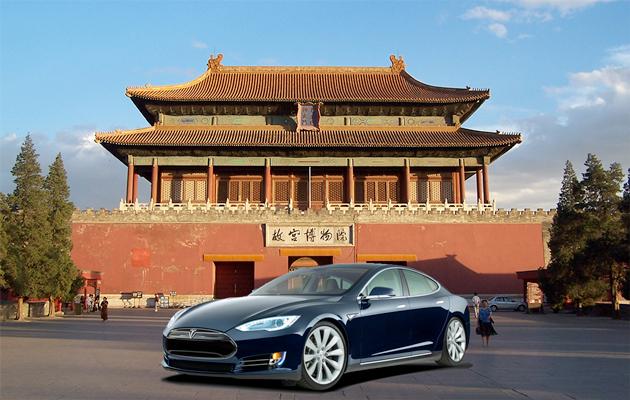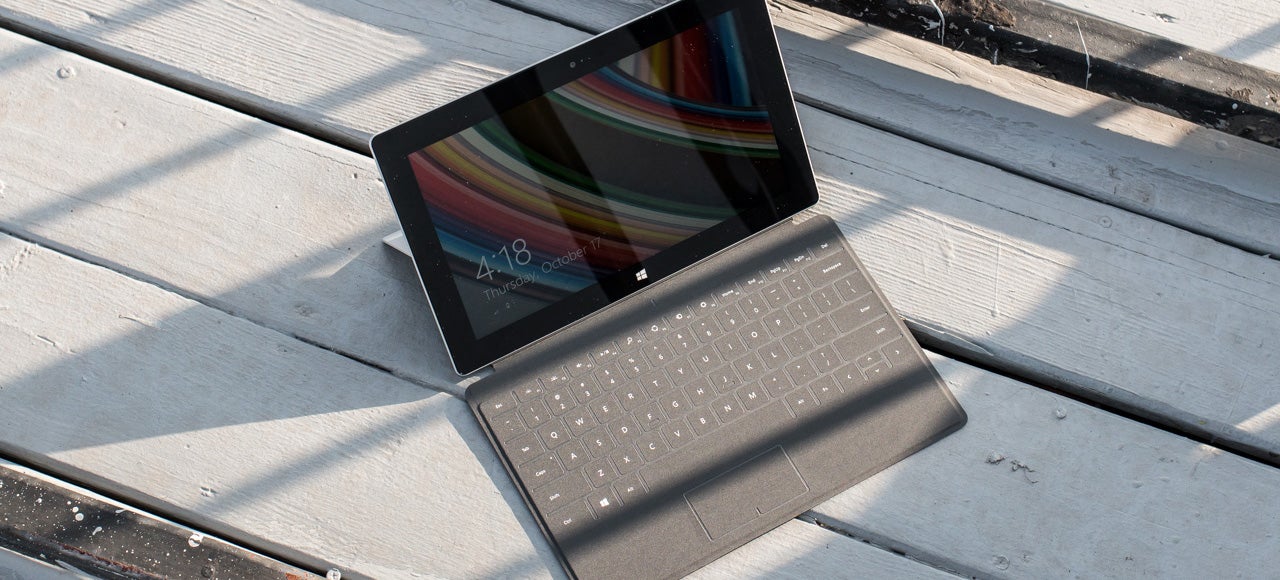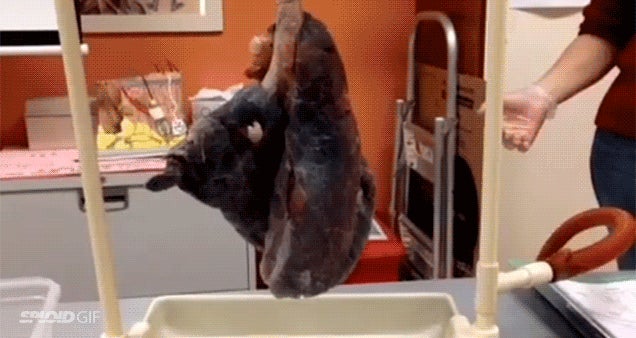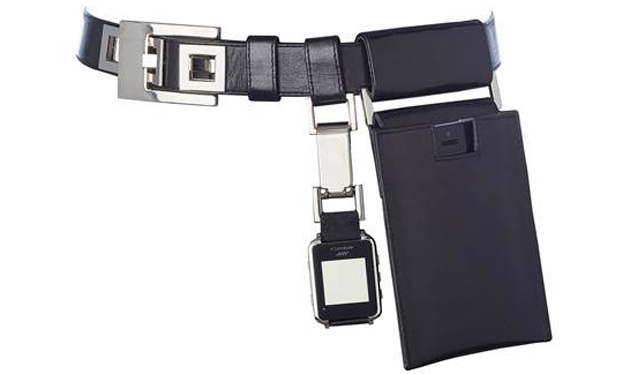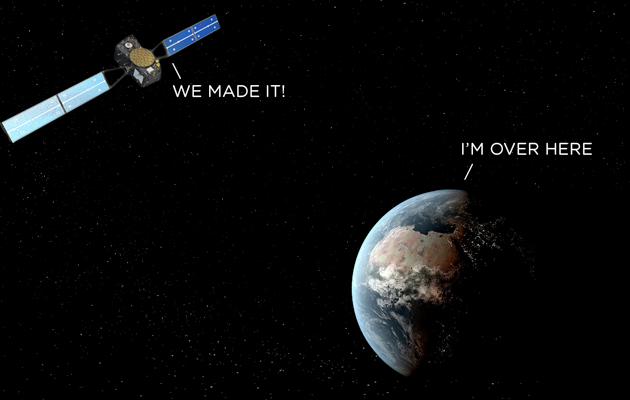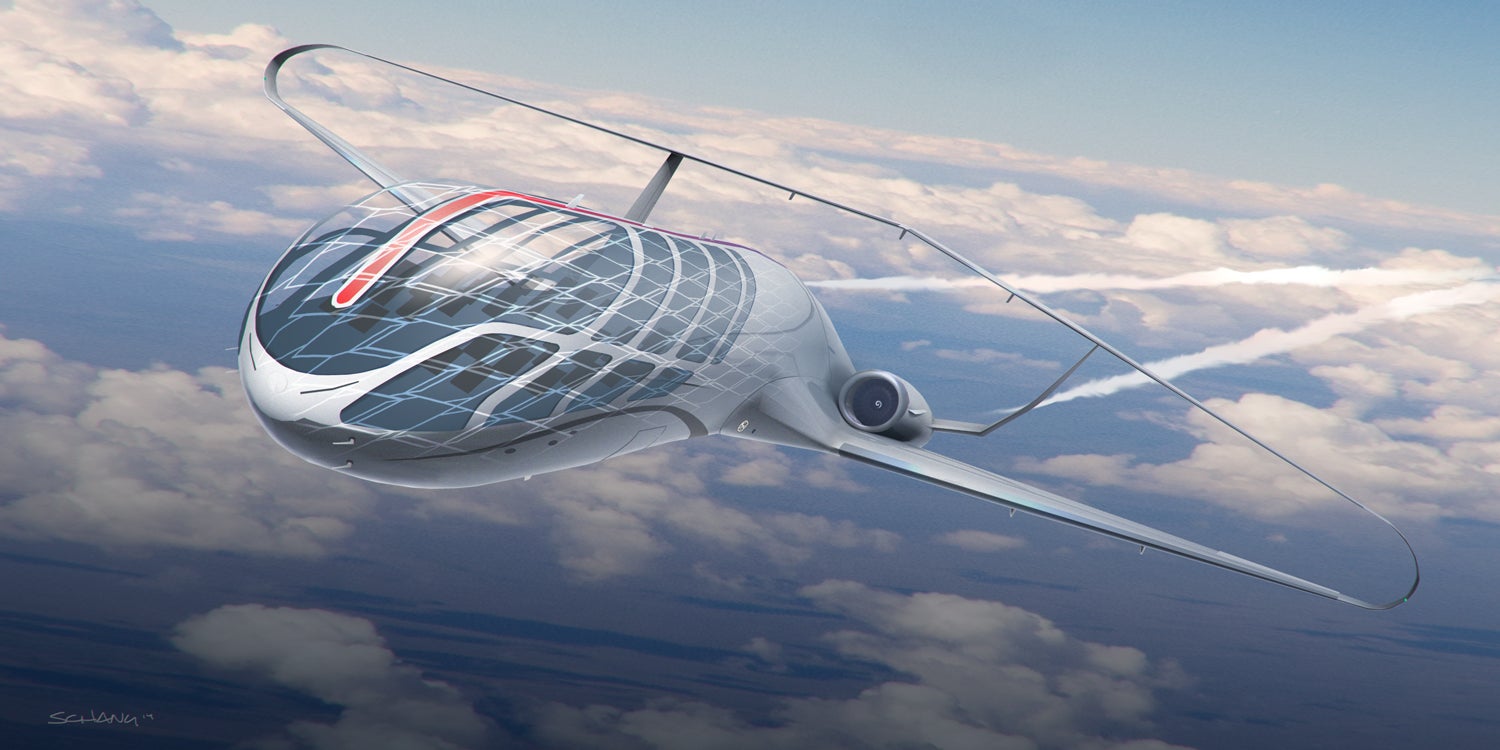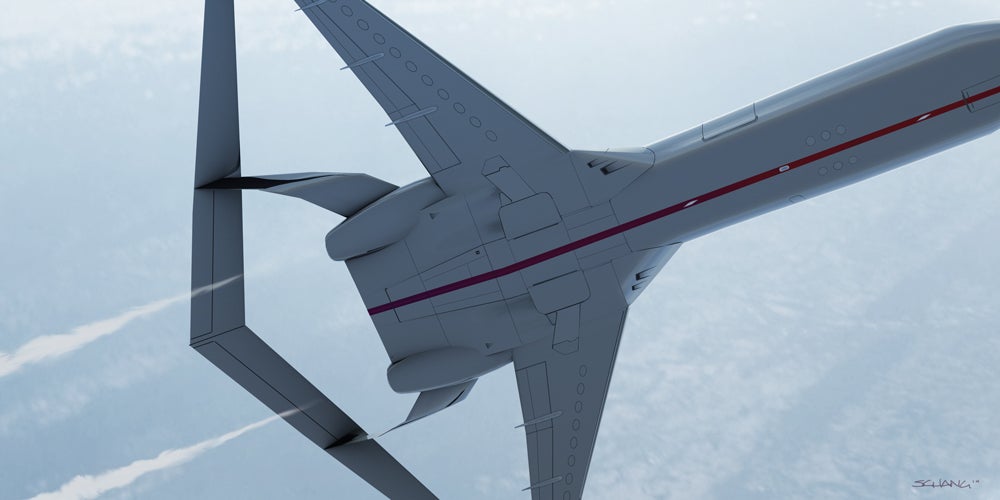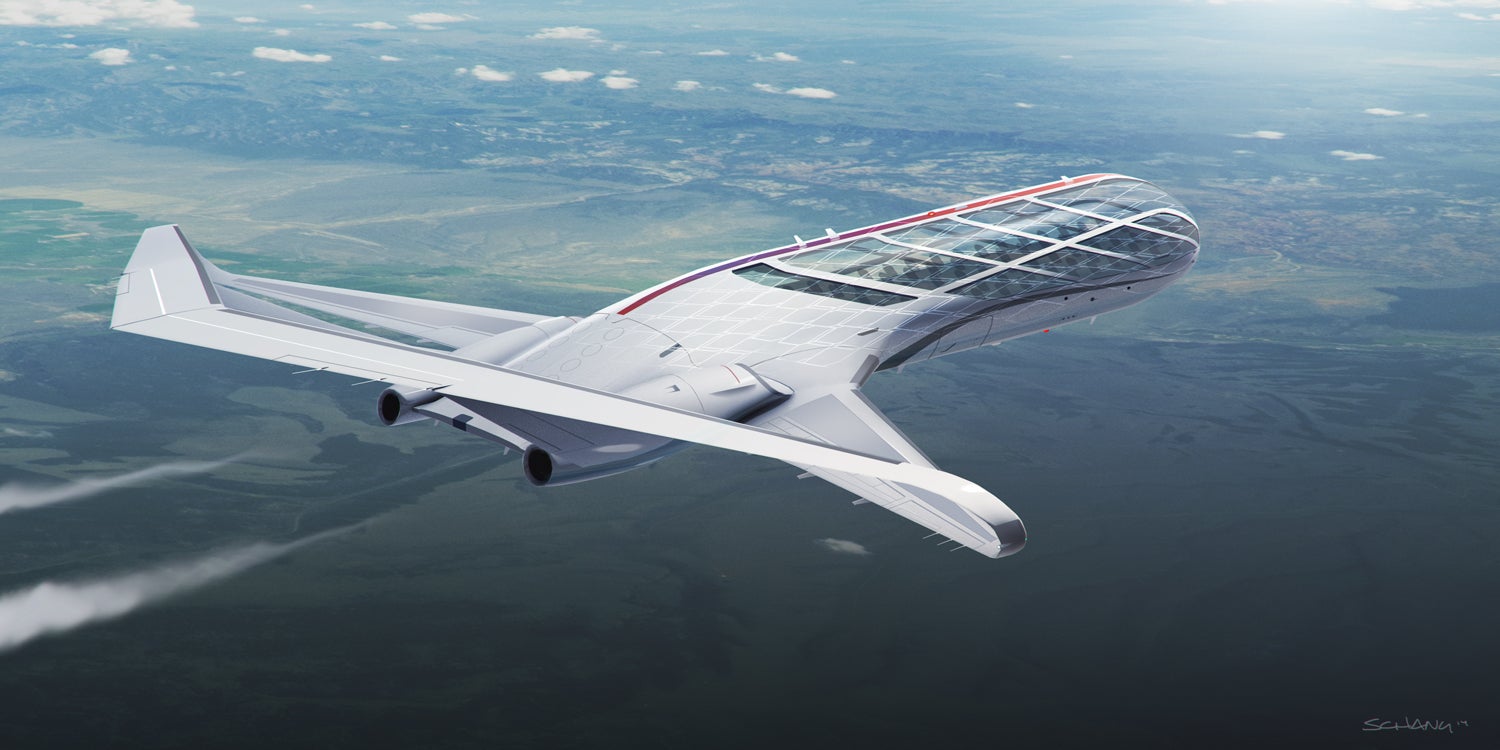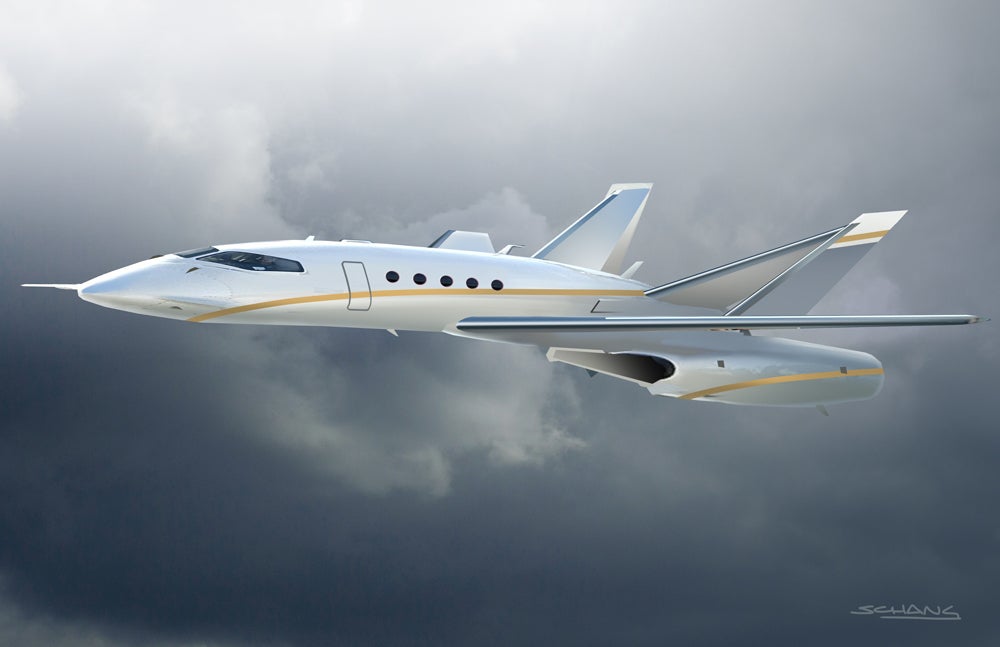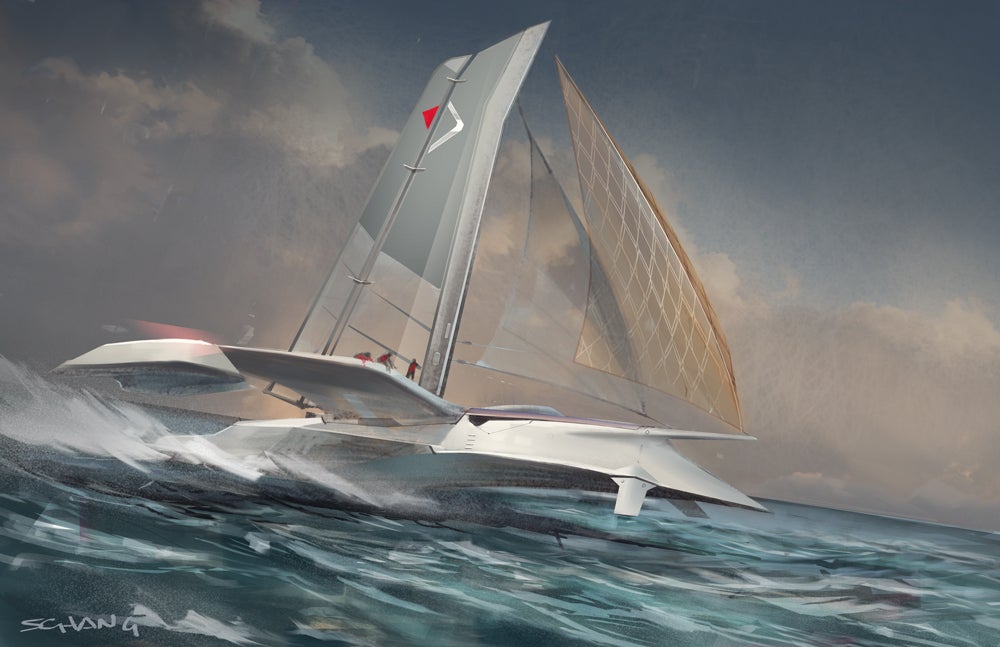Here’s a fun way to waste a few minutes (or a few hours) on your
Monday afternoon — if you had a stack of $100 bills to waste on a garage
full of pure motoring joy, which cars would you pick? The Gizmodo team
took that challenge on. After setting out a few ground rules, we each
had half an hour to choose.
Firstly, we strictly had to pick three cars (although Luke kinda
skirted that rule, but whatever). Secondly, every car had to be used —
even if it was a demonstrator car sold at a dealership after a couple of
months of test drives. Thirdly, the cars had to be available online —
through Carsales, eBay or any other trading post website.
Fourthly,
you’d be paying running costs and buying insurance for each, so no
wildly outrageous choices that weren’t road legal. Finally, there was
no way we could spend more than $100,000 — no extra wiggle room on this
entirely fictional and hypothetical pile of cash. Here’s what we both decided on.
Campbell’s Picks
I picked the
Audi A1
because despite being a bit pretentious, it hits all my requirements
for a daily driving car. It’s an Audi, so it’s refined and reliable, and
it’s a turbodiesel, so it’s reasonably fuel efficient.
It’s a manual,
and I know some people might find that annoying for daily driving, but I
prefer it — plus it’s actually slightly more fuel-efficient than the
7-speed S tronic auto. Most importantly, it’s small, which is useful
when I’m parking in the city or driving around the inner suburbs.
This particular example is optioned up with an up-spec stereo paired
to Audi’s great MMI interface and pop-up screen, upmarket 18-inch rims,
dark tinted windows and grey roof pillar accents. It doesn’t have a
leather interior, but that doesn’t bother me because I prefer fabric,
and it’s probably a little better for longevity during everyday use.
Because it’s white, it’ll keep its resale value. (To be honest, I wanted to stretch to a new three-cylinder
Mini Cooper D,
but at $39,384 it was a little too expensive for my budget. It’s a
beautiful little car, and unlike the Cooper S, it’s available as a
manual. Plus, that new modular BMW-Mini three-cylinder engine is a
corker.)
Another manual two-door, but this one is rear-wheel drive and
silver. I picked the
Toyota 86 because it’s simple, unpretentious, and most importantly great fun to drive; after spending a week in one I
really
didn’t want to give it back. It’s fuel efficient, and it’s actually
surprisingly comfortable to sit in for extended trips — it would make a
great tourer for weekend trips up or down the coast.
The manual feels great, too, and not-too-sticky and relatively skinny
tyres means it’s easy to drive to near its limits without risking
speeding fines. If I wanted to do a little tweaking, there’s a
fast-growing range of aftermarket suspension and engine upgrades from
all the usual tuning houses. This particular GTS variant is a
low-kilometres car, has a few more goodies than the barebones GT, and
the owner has added a genuine rear parking camera and slim mud flaps —
it has clearly been taken care of and not neglected.
(I was considering a plush
2007 BMW 335i,
but I figured running costs would be a little harsh, and being an older
BMW parts might start to get pricey if something decides to break on
this particular computer-controlled twin turbo hard-top convertible
coupe.)
I have wanted a
Lotus Elise
ever since I first saw one on Australian roads in the early 2000s. The
Elise S is a beautiful, basic, driving-focused vehicle, and I’d argue
more track-focused and in line with Colin Chapman’s “add lightness”
philosophy than the Exige S that most people think is superior (extra
power and fancier looks will do that, I admit).
Just look at that
interior — raised shifter, leather wrapped steering wheel, big gauges,
and not much else to distract you from the task of actually
driving.
The Elise is a notoriously good track vehicle purely because it’s so
light and so carefully engineered for poise and balance on the limit.
This Elise 111 S has been
very mildly modified with a few
smart improvements — strengthened shift cables that eliminate a common
point of failure on these cars, a toe link kit and body brace, stiffer
poly engine mounts, and larger slotted DBA rear rotors. I reckon I could
take it down to the track and throw it around without killing myself,
but also have plenty of room to learn and improve before the car itself
became the limiting factor.
(Other cars I considered were the I-promise-this-is-stock-and-not-constantly-thrashed
1999 Nissan Skyline R34 GT-R and the slightly-more-out-of-left-field
2013 Renault R.S Megane 265 Sport Red Bull Edition.)
Total Spent: $95,790
Luke’s Picks
What you’ll pick up quickly about me is that I don’t like
huge
cars. I find that smaller cars are not only more fun, but have more
character and ultimately go for less money, which is what this challenge
is all about. I’m deeply in love with the Fiat 500. Both the 500 from
way back and the retro-modern re-enactment that Fiat has produced in the
last decade.
I’ve owned a Fiat 500, and it was one of the most character-rich and
enjoyable cars I’ve ever had. Every time I got behind the wheel though, I
was a tad let down by its conservative performance. That’s why I’m in
lust for the Abarth 500. For those out of the loop, Abarth is Fiat’s
in-house tuning company that takes cute cars like the 500 and makes them
fit for lunatics like me. People who want to stick a tiny, front-wheel
drive car into a bend at more speed than is probably sensible and come
out with a smile on your face from ear to ear, and a little bit of wee
in your seat.
For the most part, the Abarth 500 is still a pretty sensible hot
hatch, which is why it’s my choice for an everyday car. I’d pick up
this beauty (in white, naturally) with less than 50,000km on the clock. All up, it cost me $22,500 from my budget. Perfik.
This one was the hardest. Finding a weekend sports car that’s
suitable for the track that doesn’t break the budget of around $60,000.
Then I saw her.
This amazing 2006 Lotus Exige.
For $59,950, I get a supercharged, rear-wheel drive go-kart styled
like the Batmobile, and engineered to corner on a knife’s edge. For the
money, I wouldn’t have anything else on the track.
The Exige S is the hardest of the hardcore Lotus road cars and this
model has an uprated supercharger kit; it’s actually a UK import and,
according to the owner, is good for a 3.7-second 0-100km/h sprint.
Yes please.
So what happens with the remaining cash? I wouldn’t blow it on options or insurance. No way.
Give me an extra $7000 and let me buy the best Vespa on the market (in my opinion): the
GTS 300 Super Sport.
You can keep the budget-looking silver colour though: give me it in
orange. Mega-swoon. (Cam’s note: no, you take what you’re given. Stop
complaining.)
Total Spent: $88,750
Which three cars would you pick if you had $100,000 to spare?
Take a few minutes to do a little searching, and let us know your
thoughts in the comments. Feel free to throw in a link as well, so we
can all agree and disagree violently with each other.











